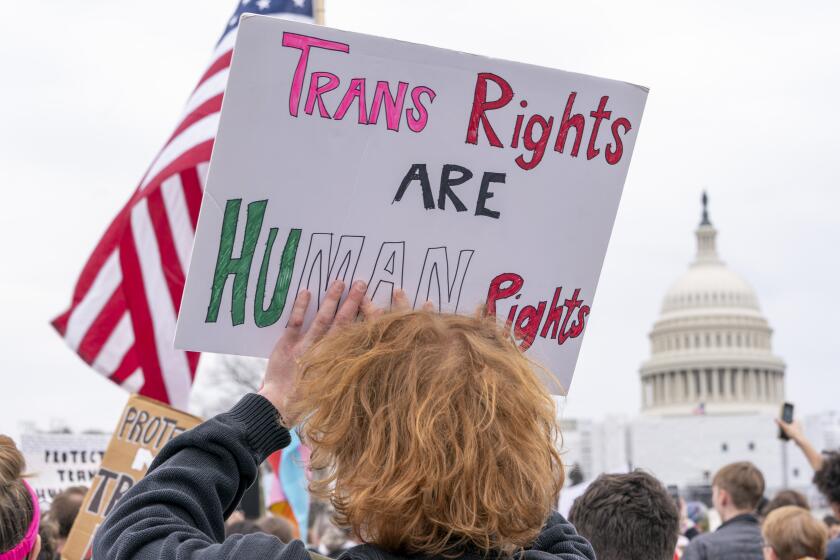California rejoins Race to the Top race, sort of
- Share via
California wanted to apply for the second round of federal education grants but had too few school districts willing to sign on. The Obama administration badly wanted California to apply, in order to avoid the embarrassment of having the biggest state with the most children rejecting its signature Race to the Top initiative. The solution: The U.S. Department of Education agreed to consider a California application made up of just a handful of districts in the state, including Los Angeles Unified. It’s a match made in heaven, if that’s what you can call Sacramento.
It never made sense for the Education Department to insist that only entire states could apply for Race to the Top grants, or for that matter, that the states needed near-universal support from school districts. Though some of the goals of the federal program hold promise, such as better data collection, others, such as lifting caps on the number of charter schools or making test scores a major factor in teacher evaluations, are unproven ways to go about improving education. Many of the Race to the Top provisions are despised by teachers unions. California school districts, so strapped for cash that they already are demanding painful concessions from labor, are unwilling to further alienate teachers, or to take on new federal rules, in exchange for a possible grant that wouldn’t make much of a difference to their bottom lines anyway.
That’s why we endorsed L.A. Unified Supt. Ramon C. Cortines’ request last summer to allow his district to file its own application separately from the state’s. The district has five times as many students as Delaware, one of the states that won in the first round of funding, and its student demographics fit Race to the Top’s goals: large proportions of students in poverty, attending low-performing schools and possessing limited knowledge of English. The district already is starting on a couple of promising reforms, such as the Public School Choice program that allows outside groups to bid to manage failing schools and its initiative to keep more effective teachers in the schools. The money would do more to help a few school districts than if it were spread throughout the state, and it would be targeted toward the students who need it most. Although the Education Department never responded to Cortines’ letter, it’s now agreeing to a similar proposal.
The California Legislature put together a hodgepodge of reforms last year in order to look good for the first round of grants, yet the state didn’t come close to being a finalist. Several states have decided not to try again for Race to the Top grants, and California was nearly one of them until this new deal, which also includes the Long Beach and Fresno school districts, was hammered out. Sometimes it takes missteps on both sides to reach the right place.






